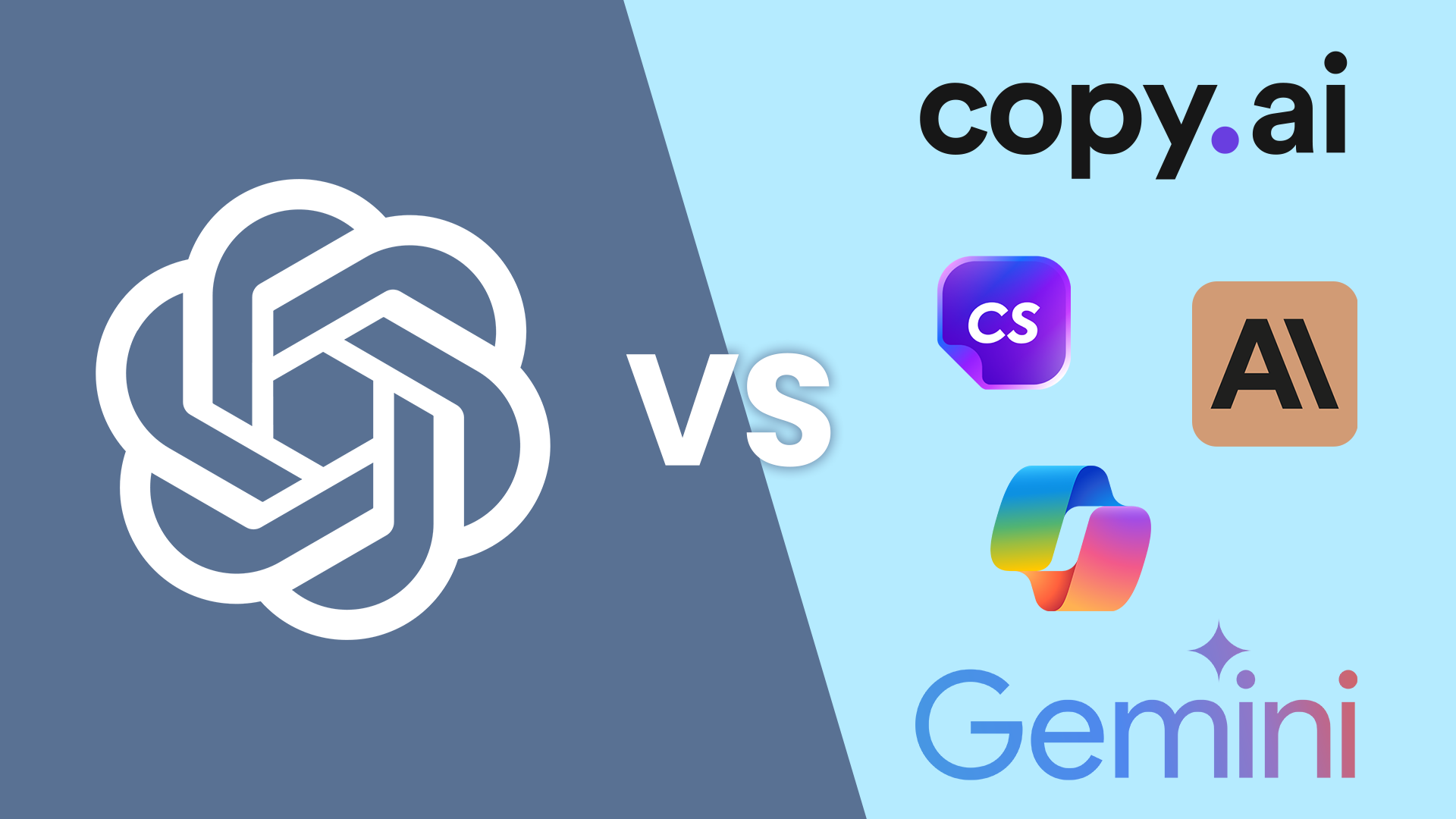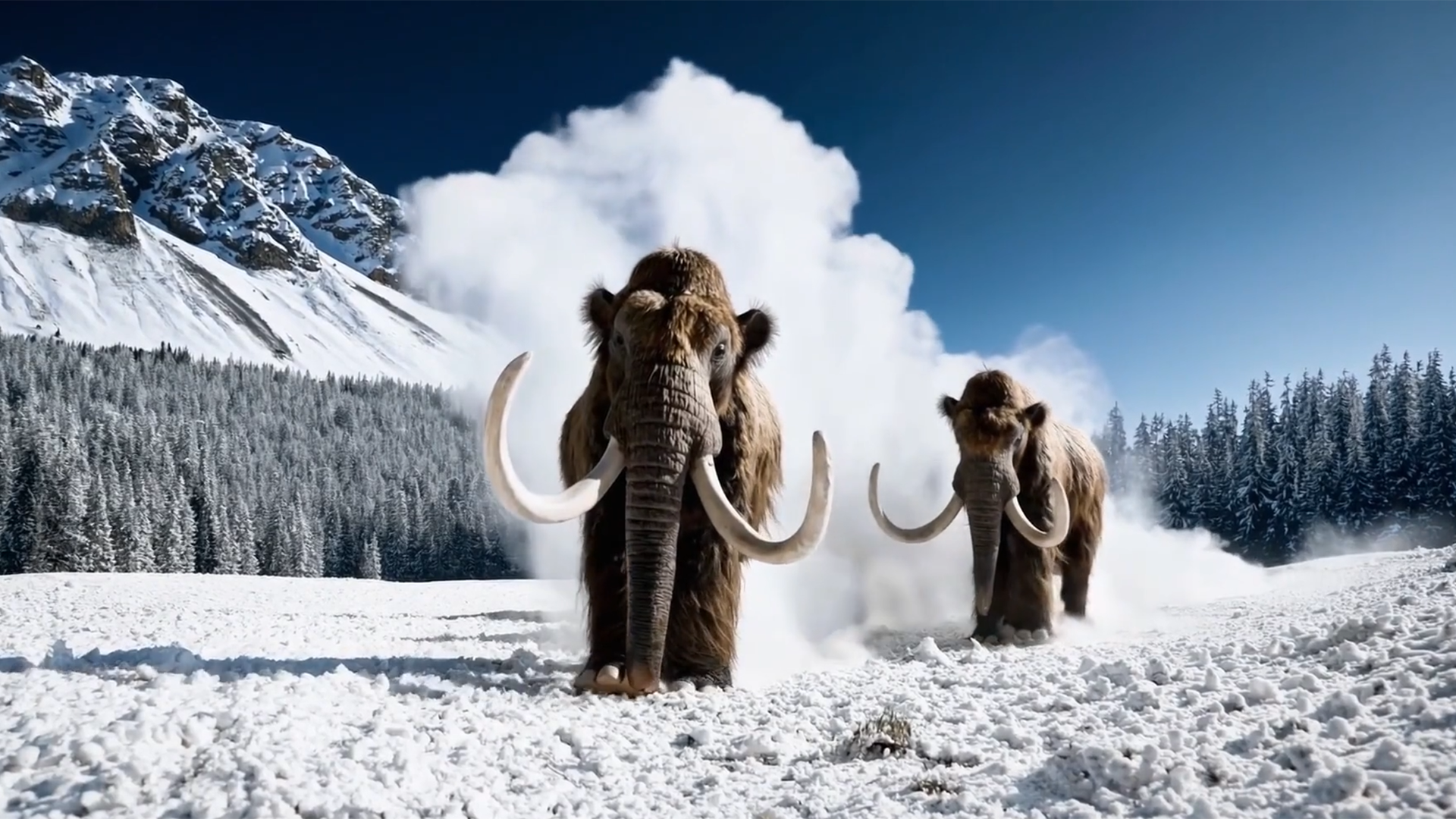In the domain of artificial intelligence (AI) breakthroughs, Sora emerges as a pioneering force, reshaping the landscape of video generation with its remarkable capabilities. Developed by OpenAI, this new model represents a leap forward in AI technology, offering unprecedented clarity and consistency in video creation. However, despite its advancements, Sora grapples with challenges that underscore the complexities inherent in perfecting AI-driven video generation.
Table of Contents
Unveiling the Marvel of Sora
At the forefront of AI innovation stands Sora, harnessing sophisticated algorithms to translate text instructions into vivid, lifelike video scenes. Unlike traditional methods of video production, which often demand extensive resources and human involvement, AI now streamlines the process by autonomously generating videos of up to a minute in length while ensuring visual quality and fidelity to user prompts.
Strengths of Sora
Realism and Creativity: It excels in crafting both realistic depictions and imaginative scenarios, showcasing its versatility in meeting diverse creative needs.
Comprehensive Scene Construction: With the capacity to compose complex scenes featuring multiple characters, specific motions, and intricate details, it demonstrates its ability to understand and simulate the physical world.
Deep Language Understanding: Leveraging its profound comprehension of language, it interprets user prompts accurately, giving rise to compelling characters imbued with vibrant emotions.
Consistency and Coherence: It maintains visual style consistency and character portrayal across multiple shots within a single video, ensuring coherence and unity in the final output.
Anticipation and Adaptation: By anticipating future frames and seamlessly transitioning between scenes, it overcomes challenges associated with temporal continuity, thereby enhancing the overall coherence of generated videos.
The Challenges on Sora’s Path
Despite its remarkable capabilities, Sora encounters obstacles that underscore the inherent complexities of AI-driven video generation. These challenges, while formidable, offer valuable insights into the nuances of simulating real-world dynamics through artificial intelligence.
Limitations of Sora
Physics Simulation: Sora may encounter difficulties in accurately simulating the physics of complex scenes, leading to inconsistencies in motion and interaction within the generated videos.
Causal Understanding: The model may struggle to comprehend specific instances of cause and effect, resulting in discrepancies such as missing bite marks on objects after interactions.
Spatial and Temporal Awareness: Sora may face challenges in accurately interpreting spatial details and temporal sequences, resulting in spatial orientation errors and difficulties in following precise camera trajectories.
The Complexity of AI Video Generation
The journey towards perfecting AI-driven video generation is rife with complexities that surpass mere technical intricacies. While AI has made significant strides in image generation, with models like DALL·E achieving remarkable feats in creating lifelike visuals from textual prompts, the transition to video presents a unique set of challenges.
Image vs. Video Generation
AI image generation has reached an impressive level of maturity, with models like DALL·E demonstrating the ability to generate highly detailed and contextually relevant images based on textual input. However, the transition from static images to dynamic videos introduces additional layers of complexity, including:
Temporal Continuity: Unlike static images, videos require seamless transitions between frames to maintain temporal coherence and narrative flow, posing a significant challenge for AI models.
Dynamic Interactions: Video scenes often involve complex interactions between objects and characters, necessitating AI to accurately simulate dynamic behaviors and physical phenomena in real-time.
Narrative Composition: Crafting compelling narratives within the constraints of a video format demands AI models to understand storytelling conventions, character development, and pacing—an intricate task that transcends simple image generation.
Conclusion
In the realm of AI innovation, Sora shines as a beacon of progress, revolutionizing the creation and consumption of videos. While its strengths are undeniable, Sora’s journey also underscores the formidable challenges inherent in perfecting AI-driven video generation. As researchers continue to push the boundaries of technological advancement, the pursuit of a seamless and intuitive AI video generator remains ongoing—one that holds the promise of redefining the future of visual storytelling.
Trying to stay up to date on which emerging tech your business should be using? Follow NPEC on social media and check out our other blog posts.




